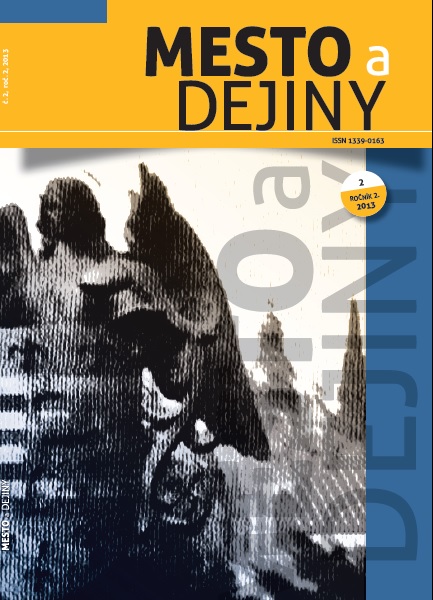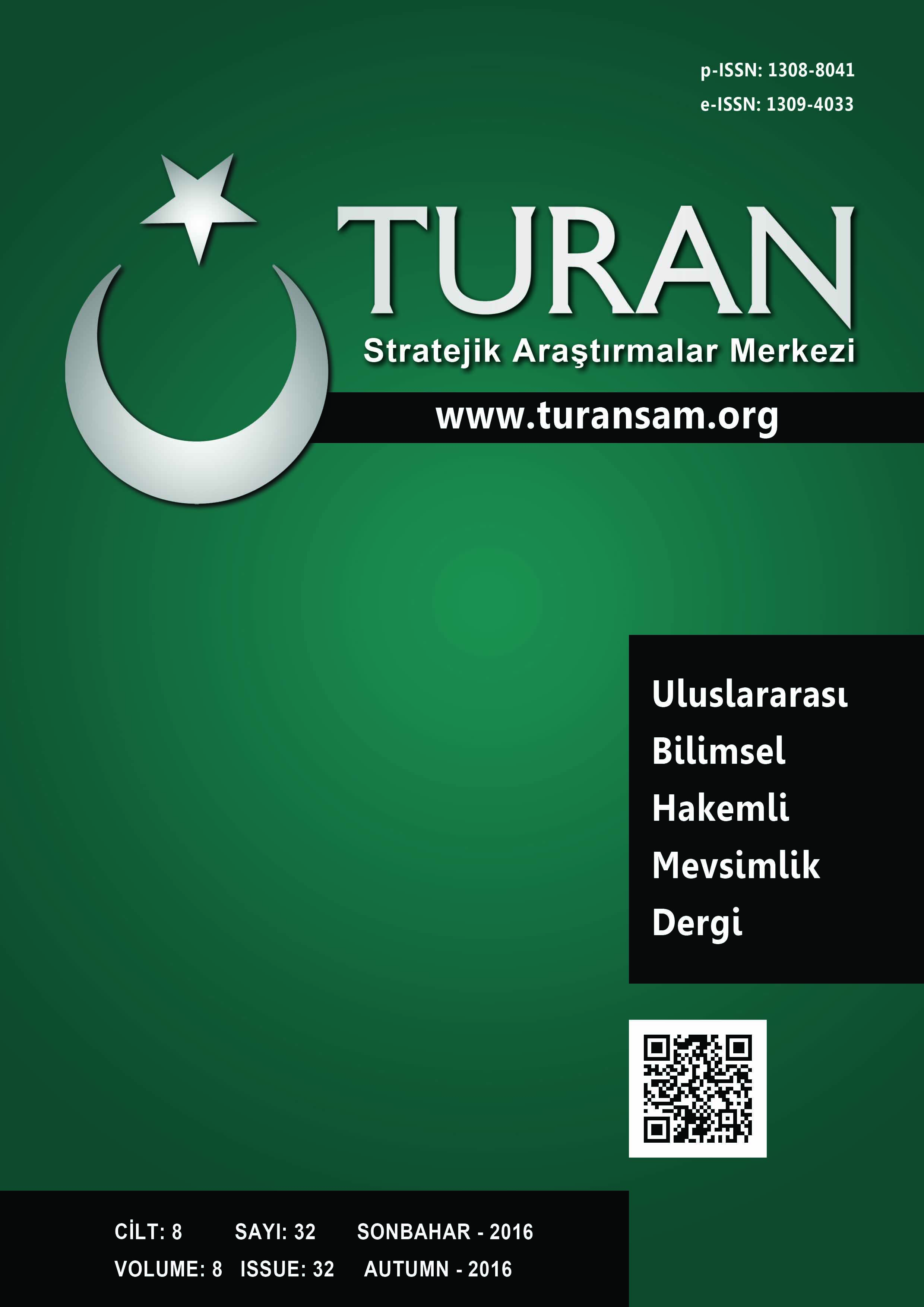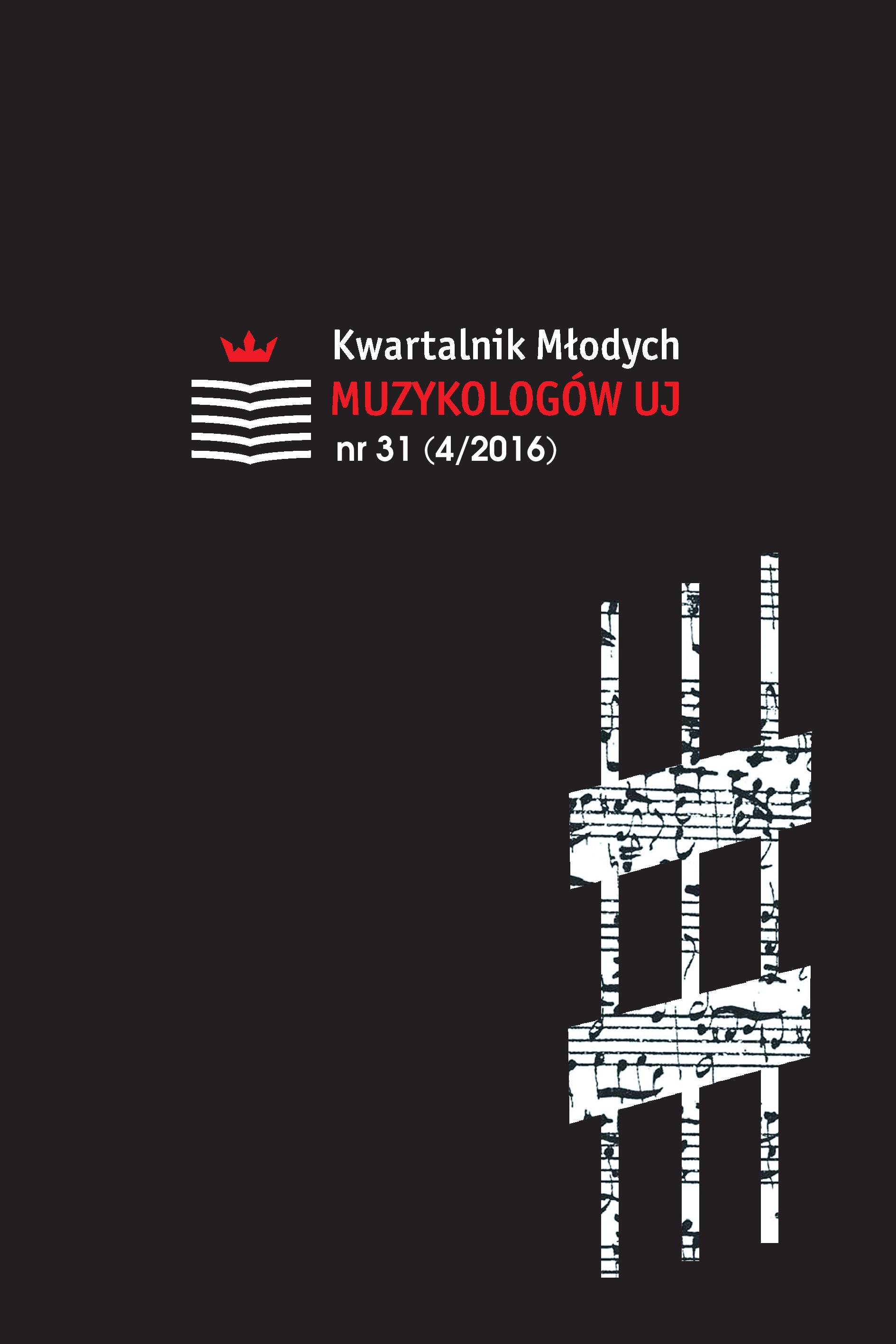Мужчины и женщины России в годы Первой мировой войны: демографический кризис и потери населения
Analyzes the demographic crisis, the number of casualties and the population of Russia in the First World War, the ratio of men and women in the different regions and provinces of the country. The factors reduce fertility and increase mortality, weakening unions.
More...




